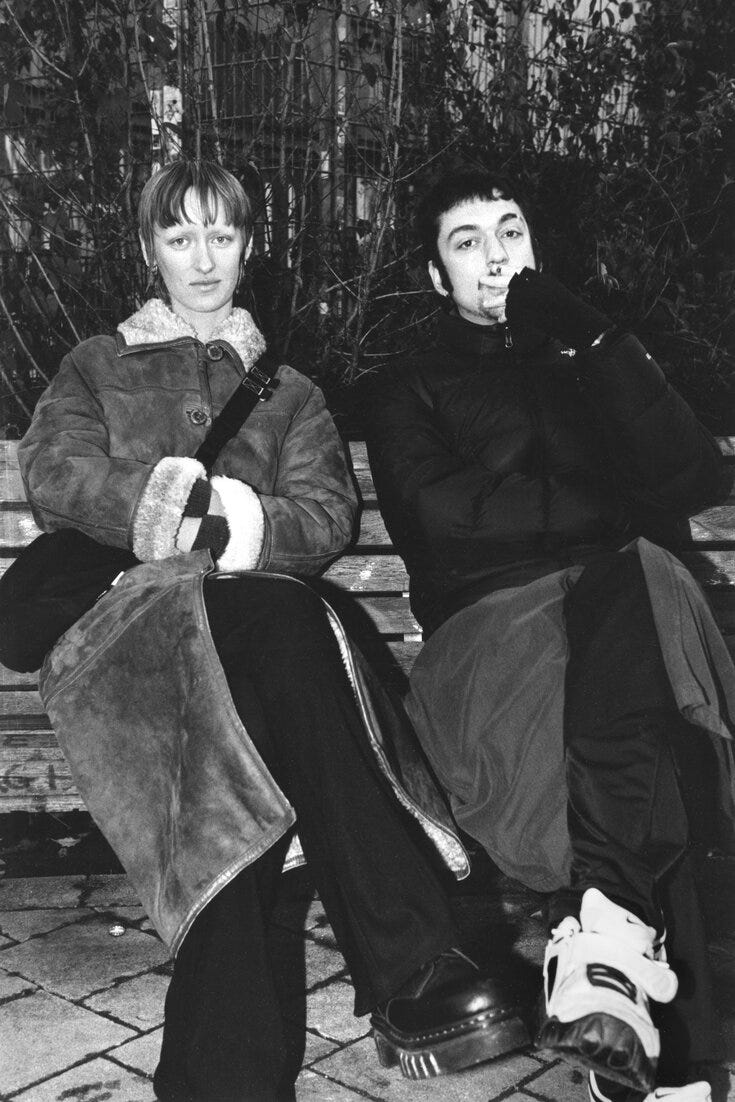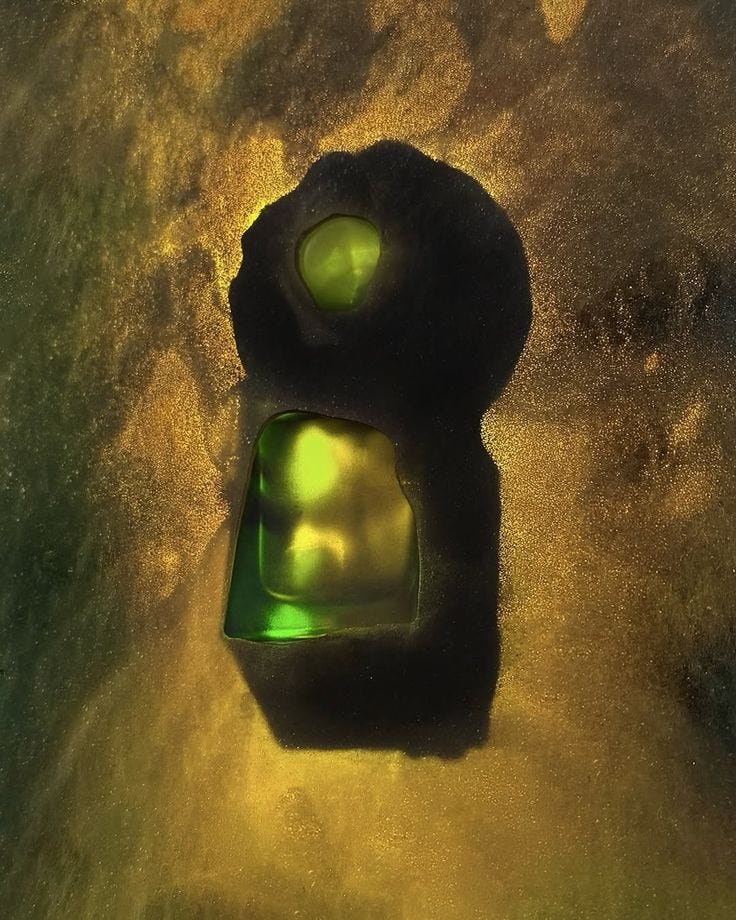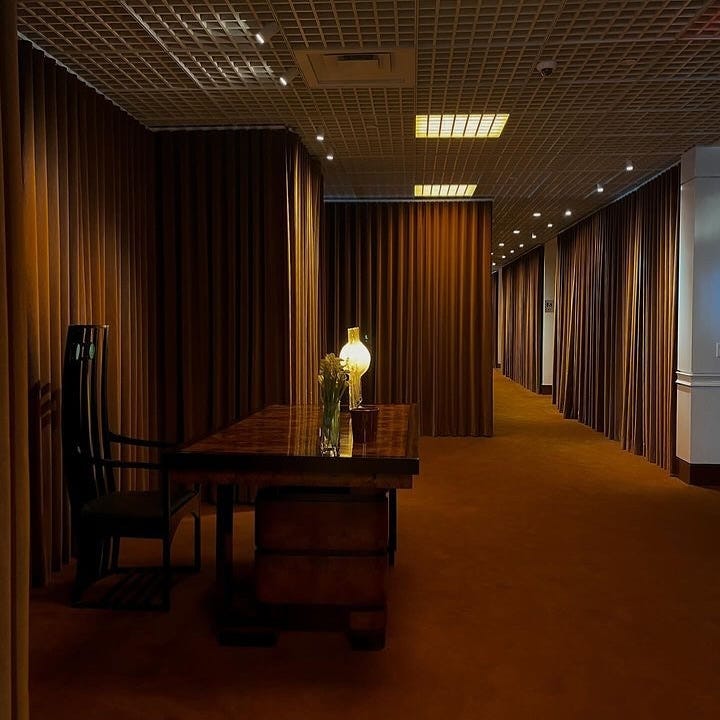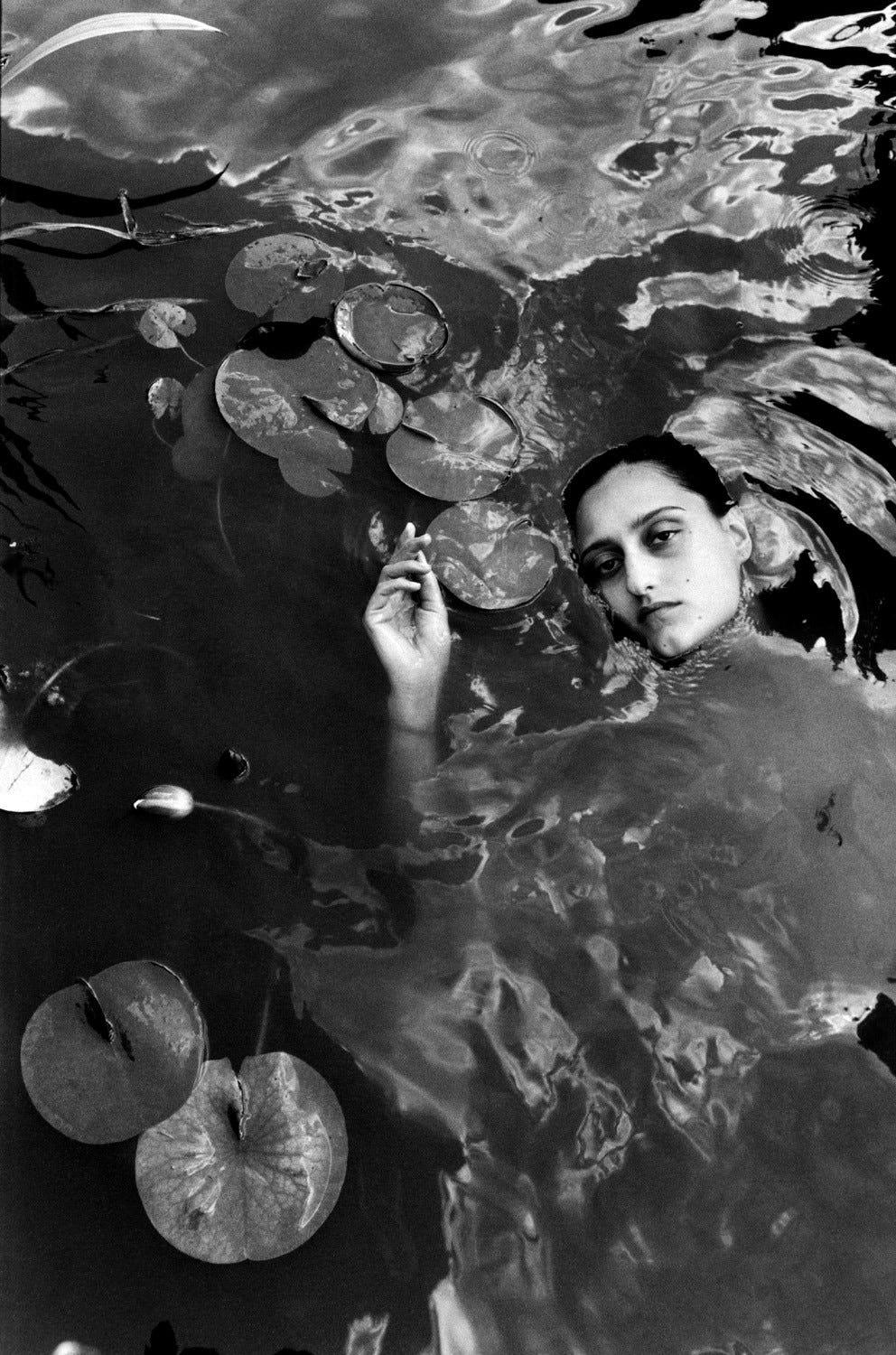We are living in a time of peak oversharing.
Celebrities narrate their morning routines, nighttime rituals, what’s in their bag, what they eat in a day. Influencers livestream breakdowns, breakthroughs, workouts, wardrobe hauls, apartment tours, colonics. In an era of cheap dopamine, every waking moment is up for consumption. Privacy is an opportunity cost.
Brand marketing mirrors this cultural impulse. Founder letters. Behind-the-scenes footage. Transparent pricing breakdowns. Sustainability scorecards. Values pinned, purposes plastered. We’re not just buying a product—we’re invited into the company Slack.
In the confessional economy, the oversharer is king. Say more. Show more. Be vulnerable. Be available. Be everywhere, all at once.
But what about the brands that opt out of the tell-all economy? What if the real flex is saying nothing at all?
Introducing: The Myth Brand Archetype
A myth brand cultivates intrigue through intentional gaps—strategically omitting information, limiting visibility, and embedding its identity in aesthetic codes that resist easy explanation. Rather than broadcasting its narrative, it builds cultural capital by requiring interpretation.
It doesn’t “tell its story.” It makes you want to tell it for them.
Designing for Intrigue, Not Clarity
Margiela stitched anonymity into its seams. The Row famously bans phones at its shows. Berghain enforces a strict no-photo policy and leaves its guest list to a cryptic bouncer at the door. None of these are marketing stunts—they’re rituals of restraint that create meaning through limitation.
The myth brand is not new—it just feels radical in a culture built on personal essays and product explainers. These brands don’t announce themselves. They let the audience discover, project, imagine. And that process of discovery becomes part of the value.
Myth brands operate through strategic omission, ritual, anonymity, intentional obscurity, or aesthetic codes that aren’t fully explained. They don’t demand attention—and in doing so, they attract obsession from true fans.
Take Stora Skuggan, a Swedish perfume house that wraps every scent in surrealist fiction and obscure folklore. Even their FAQ reads like a riddle:
“Who are the perfumers of your fragrances?”
We are.
“So who are you?”
The perfumers of Stora Skuggan.
Constructed mystery is most powerful when it frames a brand rooted in rarified taste or lifestyle. In these cases, mystery doesn’t simply provoke curiosity—it reinforces the perception of exclusivity. The underlying aesthetic or worldview is too nuanced, too culturally embedded, to be easily explained or scaled. Here, mystery functions as a filter: the less a brand explains, the more it elevates.
Case Study: WSA
New York’s current “it” building—yes, that’s a thing—is a 1980s office tower in the Financial District, once home to AIG. Now quietly reimagined as a workspace for the city’s creative class (including yours truly), it’s known simply as WSA.
There’s no website. No launch campaign. No explainer deck. Just a growing list of tenants you hear about in passing—Bode, Luar, the occasional celebrity sighting in the elevator.
Inside, it’s like David Lynch designed a WeWork. Draped corridors. Ambient piano music. Sliced dragon fruit and hibiscus tea served twice daily by concierges who never break a smile. It’s disorienting, decadent, and strangely serene.
When the full-floor gym opened—complete with a boxing ring, green marble locker rooms, and Byredo toiletries—there was no press release. Just a quiet email that morning. That’s the playbook here: no buildup, just soft reveals.
The mystery behind WSA—who owns it, how tenants are selected, why it hosts A-list afterparties without ever publicizing them—has become its most powerful form of communication (or lack thereof).
WSA doesn’t tell its story. So we try to.
And in the gaps, a myth is born.
By saying less, WSA doesn’t just build mystique—it reinforces the idea that this is a space for a certain kind of taste. The kind of taste that doesn’t need to be promoted, only recognized.
Why Mystery Works
In a world that’s constantly explaining itself, mystery is rare—and rarity is luxury.
Constructed mystery taps into something primal: we’re pattern-seeking animals. When a brand gives us 70% of the story, our imagination fills the rest. That process creates ownership, intimacy, and eventually obsession.
Mystery turns passive consumers into active interpreters. It’s not a brand—it’s a puzzle. A challenge. An atmosphere. And once someone solves it, they feel like they belong.
But There Has to Be Something Worth Mystifying
You can’t manufacture mystery around a mediocre product. Lore without taste is just noise.
In the case of these brands, what’s being protected isn’t just product or information—it’s a specific kind of cultural capital. A way of seeing, dressing, creating, or living that feels too rare to be flattened by mass communication.
The Takeaway
The myth brand doesn’t scale fast. It doesn’t go viral overnight. But it stays in your head longer. It creates stories people want to tell for you.
Mystery, when constructed with intention, isn’t a gimmick. It’s a strategy. A way to preserve cultural capital by resisting the instinct to explain it.
And the strongest myth brands don’t just sell product. They sell an atmosphere of belonging—for those who already recognize the signals.
In a culture addicted to content, that might just be the most luxurious strategy of all.









I love this Alex - great thought, great example.
I want to apply more of this to brand creation - finding a way in categories where the product is less sexy is the challenge.